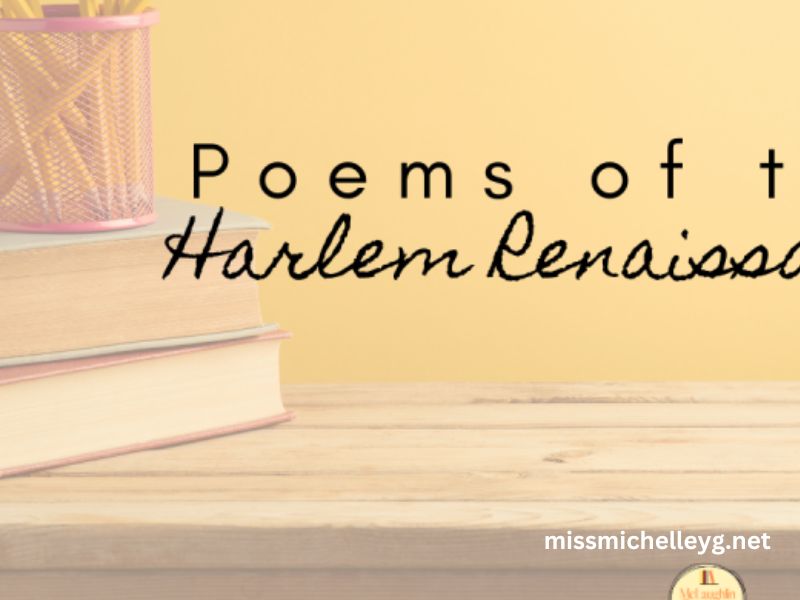The Harlem Renaissance stands as one of the most vibrant and influential cultural movements in American history—a time when Black voices in literature, art, music, and culture took center stage. But what ignited this era of creativity? Many point to a single poem by a young writer who would go on to become the voice of his generation. That poem, “The Negro Speaks of Rivers” by Langston Hughes, not only set the stage for the Harlem Renaissance but became a rallying cry for Black pride and heritage.
Curious how one poem could inspire an entire movement? Keep reading as we explore the origins of “The Negro Speaks of Rivers”, its cultural impact, and its lasting legacy.
What Was the Harlem Renaissance?
Before we talk about the poem itself, it’s essential to understand the Harlem Renaissance. Spanning the 1920s and early 1930s, this cultural explosion centered in Harlem, New York, marked a rebirth of African American cultural expression. Writers, musicians, artists, and intellectuals joined forces to celebrate Black identity, resist racial oppression, and showcase the complexity of African American life.
Icons of this era included Zora Neale Hurston, Duke Ellington, Josephine Baker, and of course, Langston Hughes. Their work challenged stereotypes, dismantled barriers, and highlighted the richness of Black culture.
And while various influences contributed to the Renaissance, “The Negro Speaks of Rivers” is often credited as the movement’s poetic spark.
The Birth of “The Negro Speaks of Rivers”
Langston Hughes was just 17 years old when he penned “The Negro Speaks of Rivers”. It was 1920, and Hughes was on a train to visit his father in Mexico. Gazing out at the Mississippi River, a flood of inspiration hit him. According to Hughes, the sight of the sun setting over the great river evoked thoughts of history, resilience, and the deep connection between rivers and the African American experience.
Within minutes, he wrote the now-famous lines:
“I’ve known rivers:
I’ve known rivers ancient as the world and older than the
flow of human blood in human veins…”
Despite his youth, Hughes captured something timeless and profound. The repetition of “I’ve known rivers” connects the poem’s speaker to ancient worlds and civilizations, while the mention of the Mississippi, Congo, and Nile rivers lays bare the intricate ties between Black history, struggle, and triumph.
Hughes sent the poem to The Crisis, the magazine of the NAACP, edited by W.E.B. Du Bois. Published in its June 1921 issue, “The Negro Speaks of Rivers” immediately captivated readers with its sweeping scope and lyrical beauty. It was a turning point not only for Hughes’s career but for African American poetry as a whole.
Why Did “The Negro Speaks of Rivers” Resonate?
What was it about Hughes’s poem that touched such a deep chord? For one, “The Negro Speaks of Rivers” celebrates Black identity through both time and geography. It situates African and African American history at the center of human civilization, from the pyramids along the Nile to Abraham Lincoln’s steamboat journeys down the Mississippi.
At a time when African Americans faced systemic racism, segregation, and violence, Hughes’s poem was a powerful assertion of pride and belonging. It reminded Black individuals of their profound contributions to culture, history, and progress.
Hughes’s use of lyrical repetition, vivid imagery, and a meditative tone drew in readers from every background. The poem wasn’t just a landmark of Black poetry; it was an anthem of shared human experience, resilience, and connection.
The Cultural Impact of the Poem
The publication of “The Negro Speaks of Rivers” came at a crucial moment. African Americans were migrating northward during the Great Migration, seeking a new start after generations of hardship in the South. Cities like Harlem became vibrant hubs of art and activism—environments ripe for cultural revolution.
The poem’s success illuminated new possibilities for young Black writers during a deeply oppressive era. Hughes became a figurehead for the Harlem Renaissance, inspiring others to find their voice. His peers, including Countee Cullen, Claude McKay, and Jean Toomer, began producing groundbreaking poetry, novels, and essays that celebrated Black life unapologetically.
Langston Hughes and the Legacy of the Harlem Renaissance
“The Negro Speaks of Rivers” wasn’t just the beginning for Langston Hughes—it was a prelude to a brilliant literary career. Over the following decades, Hughes would publish countless poems, plays, and essays, becoming one of the most celebrated figures of the New Negro Movement.
More broadly, the Harlem Renaissance laid the foundation for the Civil Rights Movement of the mid-20th century. By showcasing the beauty and diversity of Black identity, the movement reshaped how America viewed its African American citizens.
Final Reflections
While the Harlem Renaissance was fueled by countless voices across literature, music, and art, Langston Hughes’s “The Negro Speaks of Rivers” stands as a timeless symbol of pride, resilience, and creativity. Born from a moment of inspiration beside a mighty river, the poem reminds us that art holds the power to ignite change and build movements.






